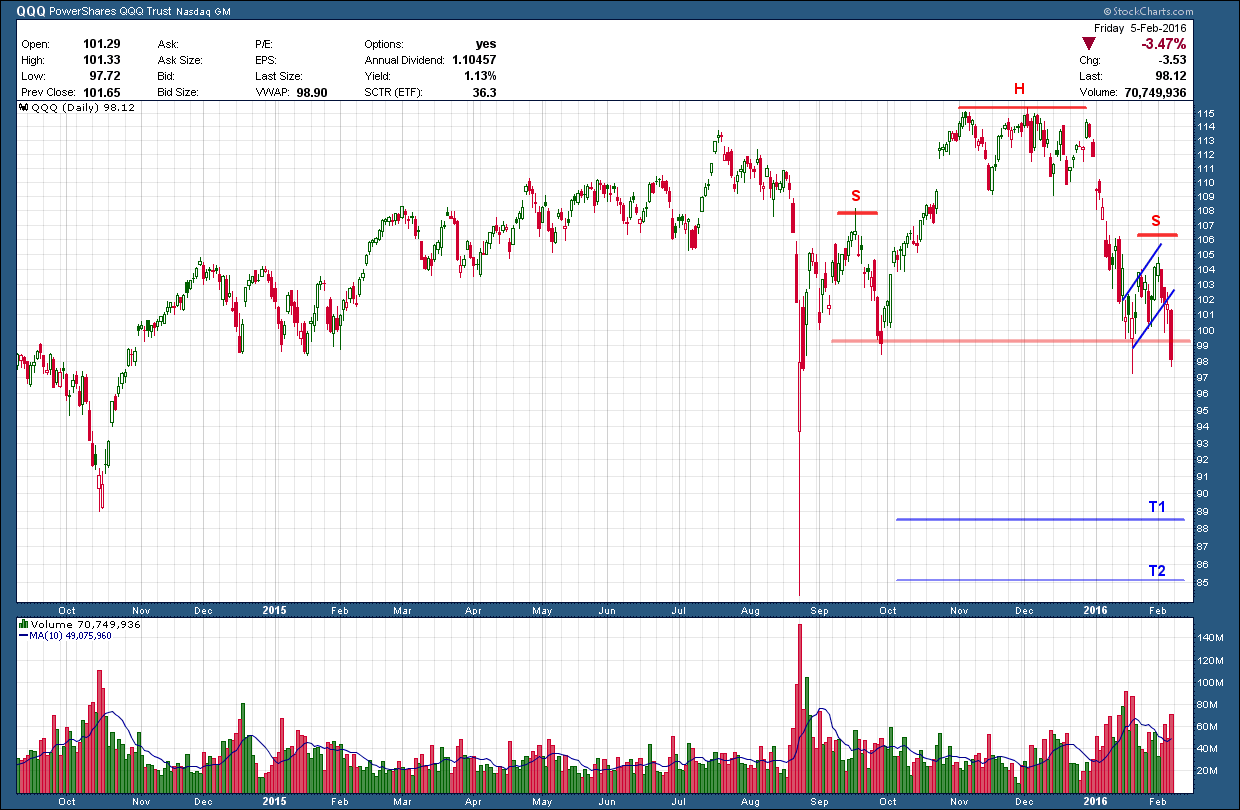Back on Jan 10th I posted about the coming potential for a 10% move in bonds, warning of a breakout from a symmetrical triangle pattern. The big question was which way it was going to break, higher or lower. My expectation was higher but was waiting for confirmation on a breakout.
We got the confirmation I was looking for just a few days later as prices broke out to the upside. Here we are just 5 weeks later and the pattern target was been met. For those following along with me, congratulations 10% moves in bond prices don’t happen that often especially in such a short time period.
So now what? The chart below is a 25 year look at 30-year US Treasury bond prices. What should become immediately obvious is the defined (blue) rising channel price has traded within during the entire past quarter century. A very profitable strategy has been to sell at the top of the channel and buy at the bottom. While it does not look like much, a move from one side to the other can be more than a 25% which, in the context of a “safe” bond investment, makes it much more volatile than investors expect.
Normally this would be a slam dunk decision on what to do with my TLT holding especially considering Friday closed with a very bearish weekly shooting star candle. But with the backdrop of central banks around the world lowering interest rates into negative territory, the potential for a sustained move to the upside is possible. Could this be the ultimate flight to safety as foreign investors use Treasury bonds as a safe haven in an attempt to avoid a local currency meltdown? Or, will the top of this channel hold once again as it has over the past 25+ years? I know what I will do, how about you?








